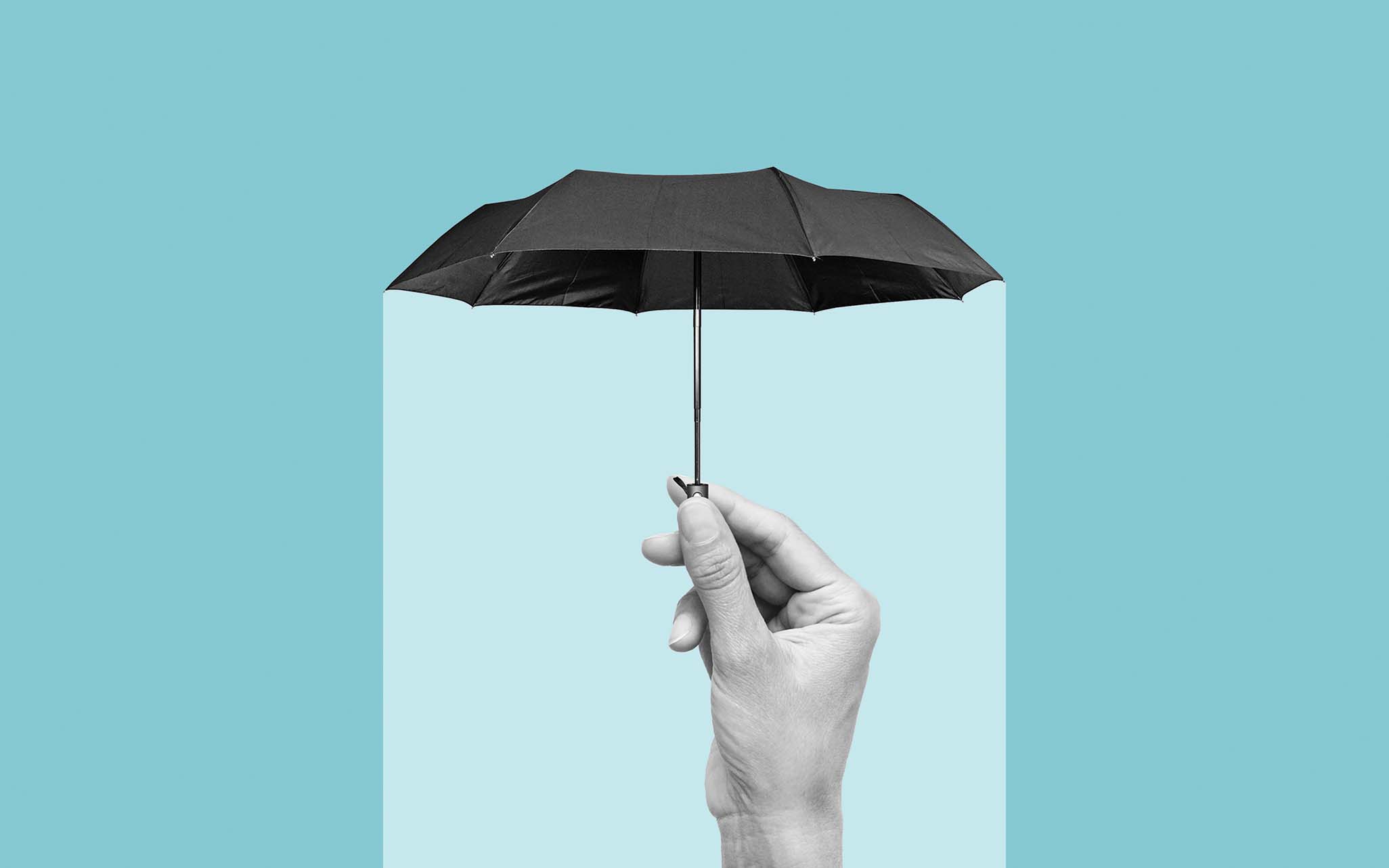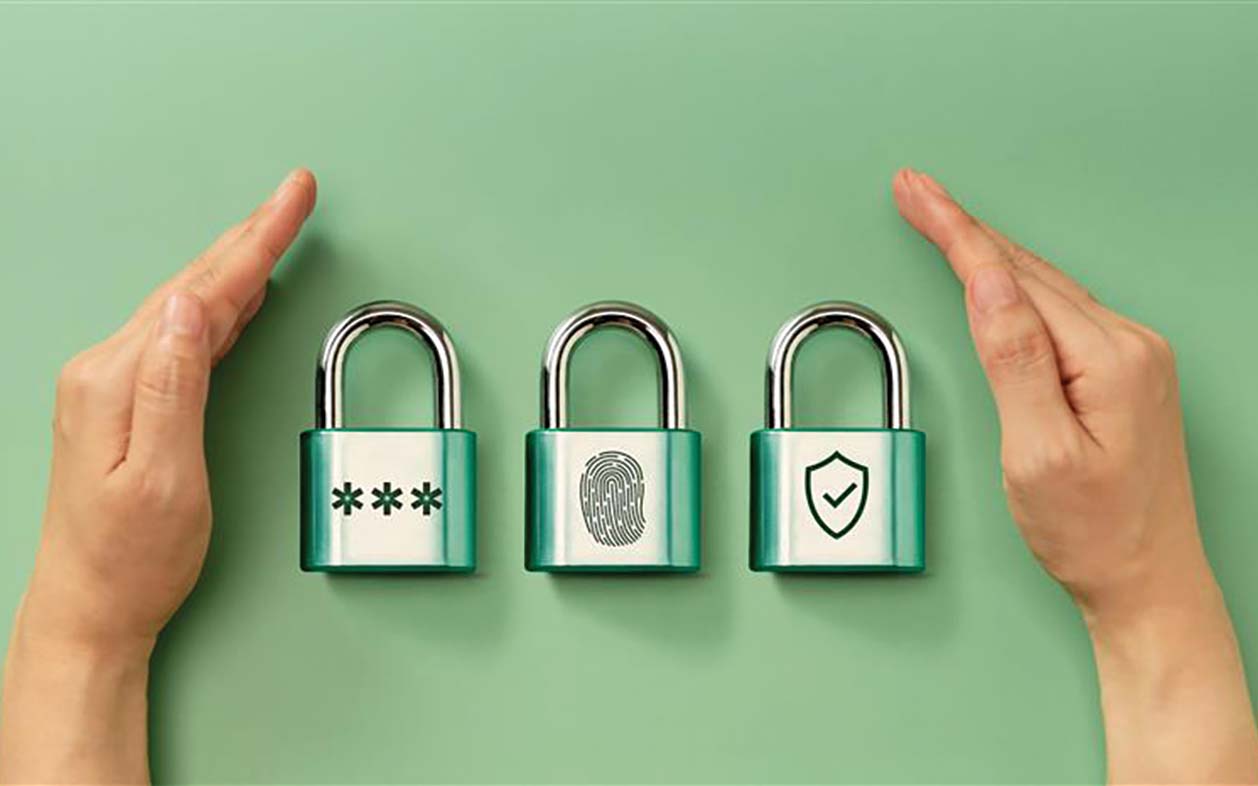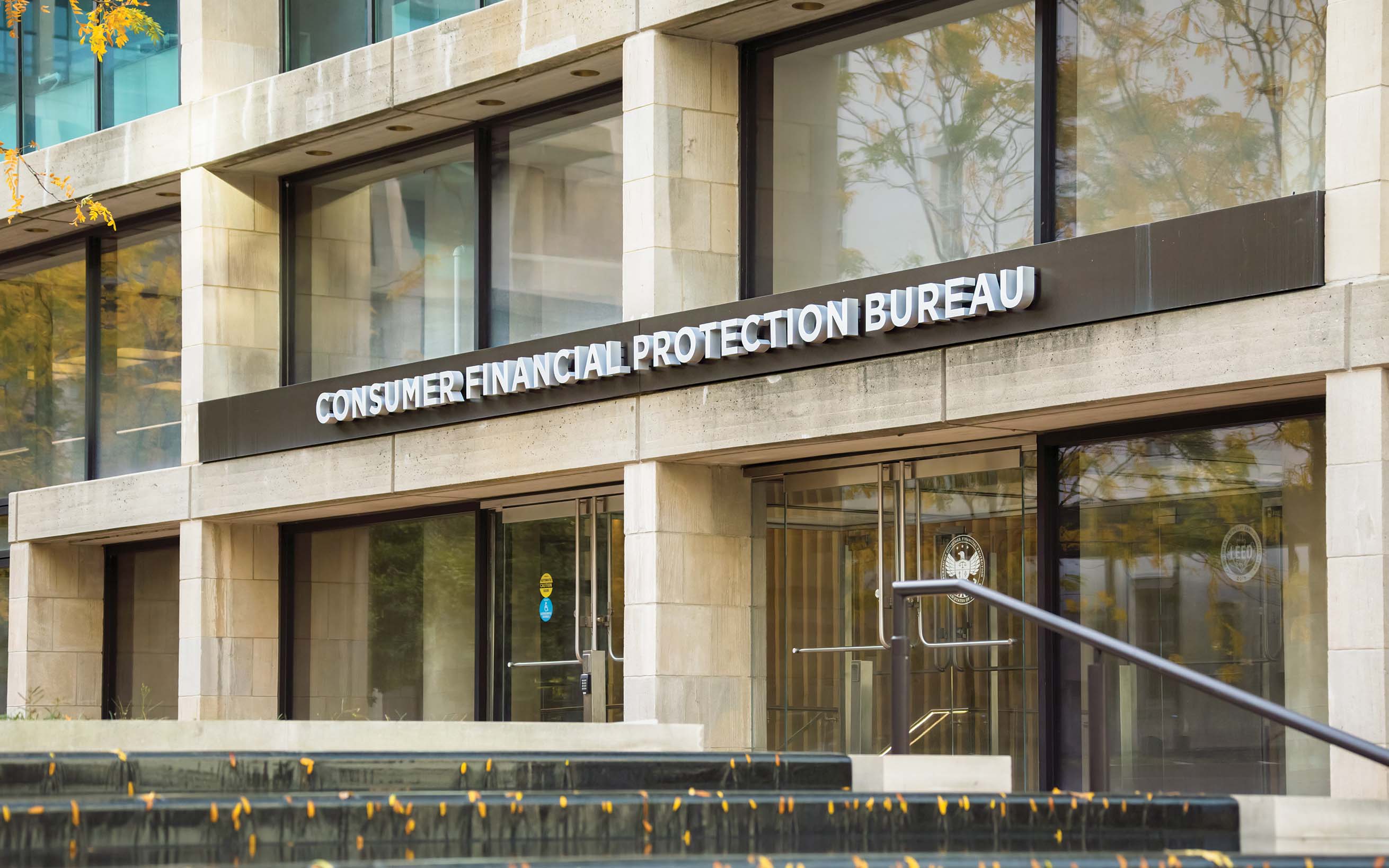Even with checks becoming less common to use, check fraud continues to rise. To address this issue, ICBA has created a guide that explains how to stop this type of fraud in its tracks.
Lance Noggle: New ICBA Resource Aims To Combat Check Fraud
June 04, 2024 / By Lance Noggle
Even with checks becoming less common to use, check fraud continues to rise. To address this issue, ICBA has created a guide that explains how to stop this type of fraud in its tracks.
Checks are used much less often in this electronic age than in previous decades. The Federal Reserve processed only 3.4 billion checks in 2022, compared with 19 billion in 1993.
Given that drop in usage, you would think check fraud is becoming rare. But it’s the opposite. In 2022, banks filed 680,000 suspicious activity reports related to check fraud to the U.S. Treasury’s Financial Crimes Enforcement Network (FinCEN), nearly double the number of the previous year.
ICBA is helping community banks combat check fraud with two initiatives: a check fraud working group that is looking at strategies for dealing with check fraud, and a new resource called “Check Fraud: A Practical Guide to Altered, Forged, and Counterfeit Checks for Community Bankers.”
Why is check fraud growing?
Incidents of check fraud jumped during COVID, when the federal government mailed economic stimulus checks to Americans across the country to address the economic fallout of the pandemic. Fraudsters realized massive quantities of paper checks were in the postal system and took advantage of this volume.
The temptation to steal, alter and forge checks has also grown because other types of bank fraud have become more difficult.
During the first year of the pandemic, the U.S. Postal Service Inspector General reported 299,020 mail theft complaints—an increase of 161% from the previous year. Once checks are stolen from the mail, fraudsters commonly alter them by using chemicals to remove the ink and change the amounts or the payee names, or they simply add digits or words to the checks. These changes allow the individual to illicitly cash the altered checks.
Stealing and altering paper checks is just one type of check fraud. Creating fake checks using desktop publishing programs is another way banks get ripped off, and double deposit scams occur when someone creates and cashes an electronic substitute check and then cashes the paper check at a different institution before the substitute check clears.
The volume of government checks sent through the mail has slowed since COVID, but the criminal appetite for check fraud has not diminished. This is shown by the number of Suspicious Activity Reports filed in 2022 and by a February 2023 FinCEN alert issued to financial institutions about the rise in check fraud incidents.
What can you do?
More from ICBA
Find ICBA’s guide to fighting check fraud at icba.org
The new check fraud resource from ICBA provides guidance for community banks on how to limit check fraud and what to do if their institution or customers are affected by a check fraud incident.
For example, in “Appendix 2: Mechanisms for Preventing Check Fraud,” community bankers can find practical advice on slowing the problem. Strategies discussed in the guide include training employees to identify check fraud, educating customers on ways to prevent fraud and issuing checks with anti-fraud prevention characteristics.
The guide also provides suggestions on how banks can limit their liability, such as requiring customers to provide notice of invalid checks in a timely manner, including language in account agreements that limits consequential damages and requires customer cooperation, and recommending that business customers use Positive Pay or the FedPayments Reporter Service.
Clarifying responsibility
Another key issue that the resource addresses is who is responsible when check fraud occurs—the bank of first deposit (which accepted the check), the paying bank (which holds the account from which the check was issued) or another party in the check clearing process.
Generally, the liability exists with the party that has the best opportunity to spot the fraud. For example, a change in the amount of the check or the name of the party to whom the check is written is typically the responsibility of the bank of first deposit, since presumably that bank could have noticed the alteration when the check was presented. On the other hand, in the case of a counterfeit check or a check with a forged signature, liability lies with the paying bank, because that institution is more likely to recognize those forms of fraud.
The ICBA guide provides a useful summary of this issue with details on each type of check fraud. It further explains possible legal defenses against liability for paying on an altered or forged check. In one case, a paying bank may claim that another party in the check clearing process failed to exercise “ordinary care” when cashing the check, or that a company issuing a check failed to establish appropriate internal controls over employees with check-writing authority.
This new resource is an important first step in helping community banks understand how to navigate instances of check fraud. ICBA’s new Check Fraud Working Group is also developing a checklist that members can use when a customer presents a claim of check fraud, and other resources are in planning stages. These efforts will never prevent check fraud, but they can assist community banks’ response to this costly problem.
Subscribe now
Sign up for the Independent Banker newsletter to receive twice-monthly emails about new issues and must-read content you might have missed.
Sponsored Content
Featured Webinars
Join ICBA Community
Interested in discussing this and other topics? Network with and learn from your peers with the app designed for community bankers.
Subscribe Today
Sign up for Independent Banker eNews to receive twice-monthly emails that alert you when a new issue drops and highlight must-read content you might have missed.
News Watch Today

Join the Conversation with ICBA Community
ICBA Community is an online platform led by community bankers to foster connections, collaborations, and discussions on industry news, best practices, and regulations, while promoting networking, mentorship, and member feedback to guide future initiatives.













